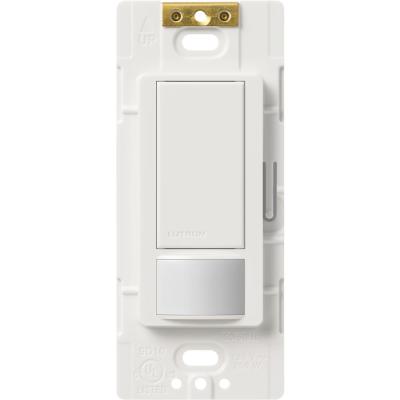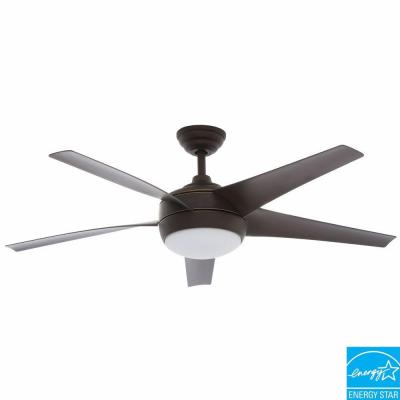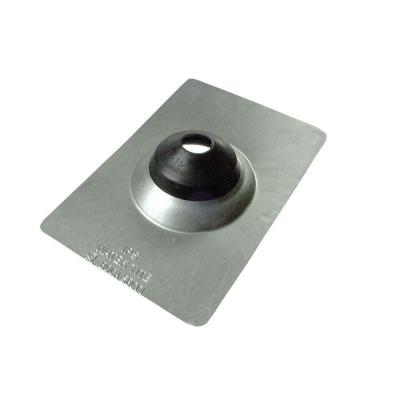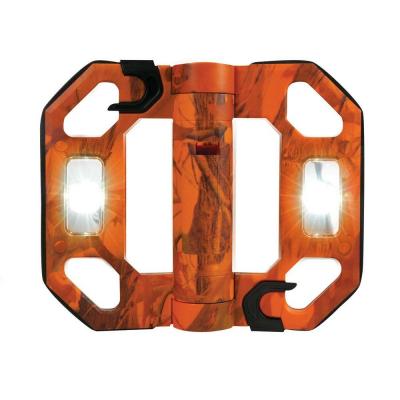Local emergency electrician - Service Expert Blogs - Information on replacing breaker box with help of professional electricians near you, including residential 20 amp electrical panel box, fuses and square d breaker box. An LED bulb with a CCT below 3600K will emit warm or ultra warm white light that’s not easily seen by bugs. Bulbs with CCTs of 3600K and above will emit natural or cool white light that is more likely to attract bugs. CCT is measured in Kelvin (K), and different temperatures on the Kelvin scale represent different colors. CCT) instead of nanometers, it’s easy to tell if the bulb will be more or less visible to bugs ..More
- Outlet Wiring St. Joseph, IN
- Repair Circuit Breaker High Point, NC
Do LED Lights Attract Bugs?
Insect Vision: Ultraviolet, Color, and LED Light, Marianne Shockley Cruz and Rebecca Lindner from the University of Georgia’s Department of Entomology write, “Experimental work supports the idea that color perception exists in insects and that they are especially responsive to the shorter wavelengths of the visible spectrum and UV light.” Wavelengths are measured in nanometers, and shorter wavelengths of light (less than 550 nanometers) can indicate ultraviolet (UV), blue, or green colors. Cruz and Lindner also cite work that confirms the correlation between UV light from the sun and moon and how certain bugs navigate Earth. Another point to remember about bugs is that certain types, such as mosquitoes, are attracted to heat and have thermal receptors to help them find it. All of this information is helpful for determining why bugs flock to certain light sources.
The color that is emitted from a light source is important because of its ability to attract bugs. As previously stated, shorter wavelengths (UV, blue, and green light) are more visible to bugs than longer wavelengths (yellow, orange, and red light) and, therefore, will draw them closer. Incandescent, compact fluorescent (CFL), halogen, and high-intensity discharge (HID) lights emit UV radiation that is attractive to bugs, and since certain types of bugs navigate by UV light from the sun and moon, a closer, brighter source of UV light can disrupt their orientation and draw them in. LEDs produce very little to no UV light, which makes them less visible to bugs. However, it is still possible for an LED bulb to produce shorter wavelengths of light (bluish-white/cool white color), which will be more attractive to bugs. Therefore, when browsing for LED lights that will attract less bugs, it’s important to choose a fixture that emits more wavelengths that are above 550 nanometers, such as warm white, ultra warm white, or yellow lights.
CCT) instead of nanometers, it’s easy to tell if the bulb will be more or less visible to bugs. CCT is measured in Kelvin (K), and different temperatures on the Kelvin scale represent different colors. An LED bulb with a CCT below 3600K will emit warm or ultra warm white light that’s not easily seen by bugs. Bulbs with CCTs of 3600K and above will emit natural or cool white light that is more likely to attract bugs.
Incandescent, halogen, CFL, and HID bulbs waste most of the energy they consume—as much as 90 percent—in the form of heat. Bugs with thermal receptors can sense the heat released by these light sources. LED bulbs produce a minuscule amount of heat, which makes them less appealing to bugs.
Bug lights are simply light bulbs with a yellow coating that decreases the color temperature of emitted light. Because of the coating, bulbs will emit a peak wavelength of light that is around 550-600 nanometers. However, you don’t need a yellow-coated bulb to reduce the presence of bugs. LED lights that emit warm-colored illumination, such as yellow malibu light bulbs for landscape applications, or From top left to bottom right: incandescent bug light, yellow LED strip lights, yellow LED malibu light bulb installed in landscape fixture, and gold-tint LED filament bulbs
Ecologist Michael Justice performed an experiment to determine the type of residential light that attracts the least amount of bugs. He used six lighting types inside of an insect trap each night during the summer. Justice also made efforts to equalize the effects of weather and the moon’s irradiance. His LED Z-Bug Bulb™ from NEBO is a bug zapper and an LED bulb in one. The bulb emits white illumination from its top and ultraviolet (UV) light from its caged center. The UV light attracts mosquitoes and other insects toward the bulb’s high-voltage electric grid and kills them on contact.
Because different types of bugs see different wavelengths, it is never guaranteed that an LED light won’t attract them. However, most bugs are attracted to short wavelengths of light and are especially drawn to UV light; they can see it better, and some use it for navigation. Bulbs that emit more short wavelengths of light (cool white/bluish color) will attract more bugs. Lights that emit a majority of longer wavelengths (yellow/orange/red colors) are less visible. Heat can also draw bugs into an area. LED lights produce little to no UV light and a minuscule amount heat, which makes them less attractive to bugs—so long as they emit longer wavelengths of light.



